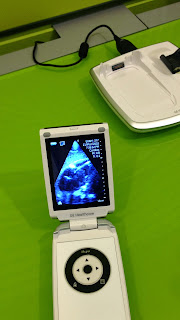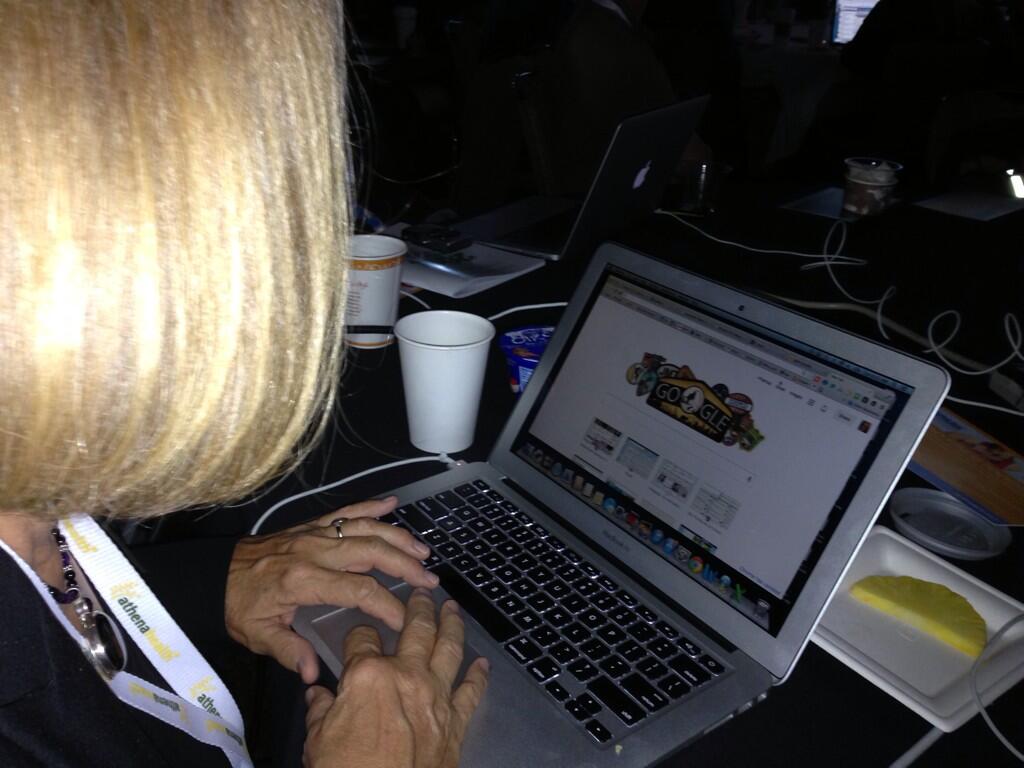there's also more reason for concern .... Class Action Law Suit Filed Against @23andMe http://t.co/4pYhZGaaE0 via @forbes @danmunro
— Gregg Masters (@2healthguru) December 3, 2013
And this piece on Forbes on the class action suit and this older piece that talked about the service before this news hit and then followed up with this piece "23andMe Saga Doesn’t Bode Well for EMR Genetics Integration" and David Katz: Return to Sender, Genome Unknown: Seven Reasons I Will Return My Personal Genome KitDeclaration: I am a 23andMe customer - I liked the concept and was excited by the price point that made the service accessible and cost effective...so maybe that explains my quick reaction (per the Kübler-Ross model of grief of Denial, Anger, Bargaining, Depression, Acceptance) to many of the posts and negative feedback pushing back.
I am still processing the news and not sure exactly where I sit - personally I am glad I got in before the health information was blocked. Maybe this is a purely personal position coming from the privilege of being a physician. In fact this piece on Forbes/Quora: What Do Doctors Think About 23andme?
probably captures the viewpoint I have different from others. In fact the images summarize how many people might approach this
Hmmm - you can see the logic and while the point made that not all information is relevant or important my view is firmly on the side of the patient being allowed to make that decision themselves. It is always worrying to me that someone else is filtering information and making decisions as to what they consider to be important to me - how can they know?
The example cited is one of a fit healthy individual making a decision based on genetic testing that suggests they might be at increased risk of cardiac disease that needs to be put int he context of them being fit and healthy
In fact they state
This is why every ethical healthcare provider follows this mantra: do not order a test or perform a procedure if it will not change your management of the patient, because doing so may cause needless harm/risk to the patient and will cause needless damage to the patient’s finances.A reasonable position and one perhaps we might expect the FDA to support.....yet the FDA allows for direct to consumer advertising in the US.....? That seems at odds with the stance taken on genetic testing. There is no doubting that extra testing can cause additional stress and concern - putting everyone into an MRI is a bad idea since we identify around 20% "findings" many (may even be most) of which are incidental. I personally am delighted with my 23andMe results that include genetic details and insights that help me make my own personal health decisions.
I gave up personal genetic information to 23andMe who like any other cooperation could misuse it, may not protect it sufficiently or may share it with insufficient privacy protections to shield me from being identified. But that was my choice and in this instance I felt the risks outweighed the benefits.
But the cynic in me can't help but think that this may all be money related especially given the recent spat over the BRCA gene testing that was recently struck down but remains the tip of the patent iceberg.
This piece on KevinMD: 23andMe and the FDA: Did the government overreach? probably captures my basic views on the subject. As Dr Marroquin states
One worry is that people might undergo unnecessary tests and procedures based on the information 23andMe provides. For example, critics worry that a woman who is found to have a false-positive BRCA mutation might have a prophylactic mastectomy inappropriately. This seems to me to be an impractical concern. It is difficult imagine a surgeon operating in such a situation without first verifying the genetic testing through another lab and extensively discussing the benefits and risks of such an approach with the patient.Quite - it might create a worthwhile discussion between a patient and their healthcare provider. In another example the risk of Alzheimer's which a customer might feel powerless to prevent but I would suggest that this may not be true in the future and as one friend and colleague told me when he shared his results that showed an increase risk of Alzheimer's:
It just means I am going to play more sudoku as I get olderThat seemed like a good strategy and attitude. It is also important to note:
It turns out, however, that people seem to be less psychologically devastated by adverse genetic test results than many of the experts anticipated. For instance, a study published in the New England Journal of Medicine found that “in sample of subjects who completed follow-up after undergoing consumer genomewide testing, such testing did not result in any measurable short-term changes in psychological health, diet or exercise behavior, or use of screening tests.On balance I'd rather have the choice than have the government make decisions about what data I can access. I say this with all due respect to my clinical colleagues who may disagree and the many that had exchanges with me in other social media forums.
I would also explicitly state that this is a personal view and does not represent that of my employer nor does it represent clinical guidance.




























